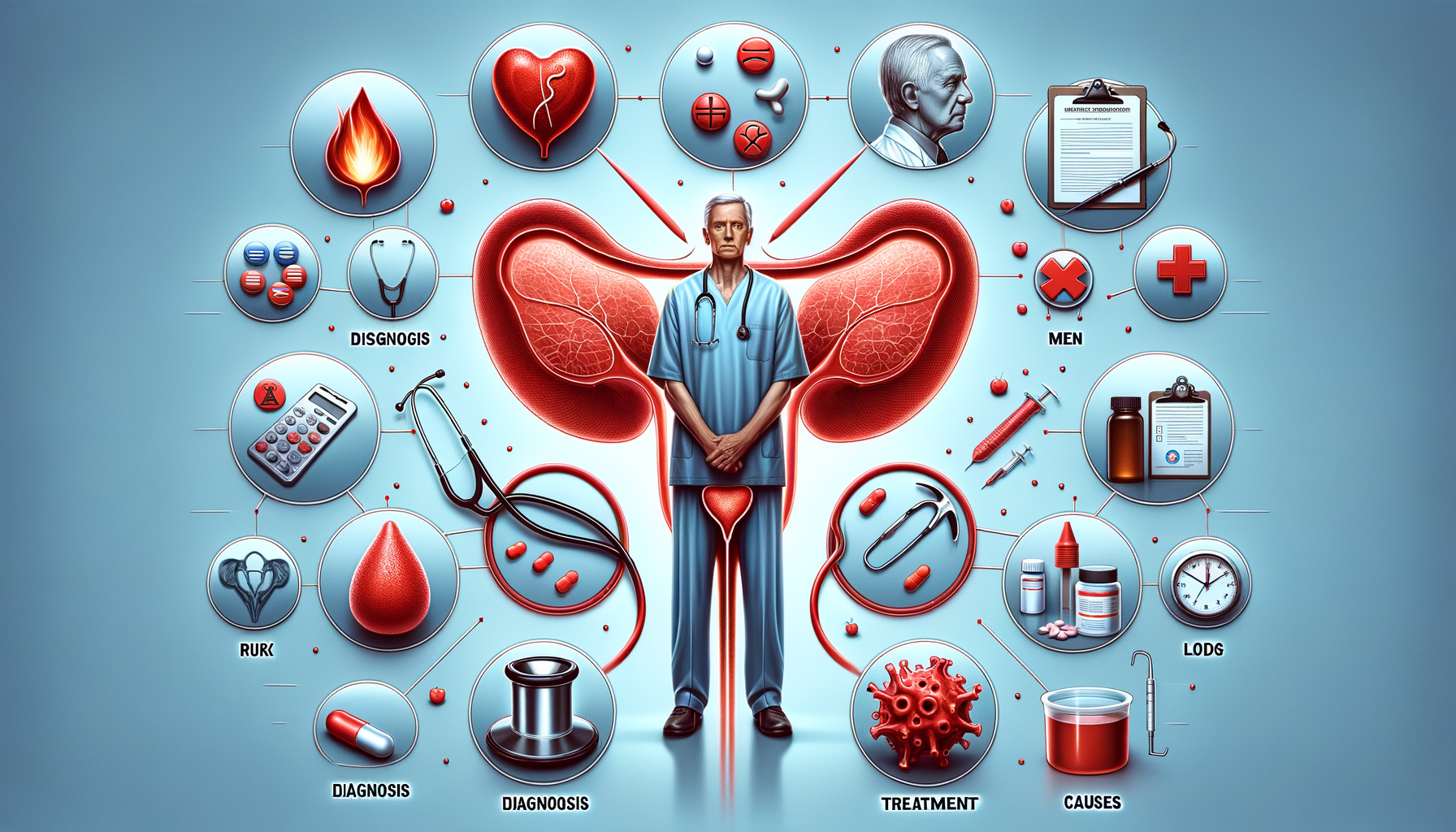What Causes Sudden Urinary Retention In Older Men?
Could the feeling of difficulty or inability to empty the bladder suddenly appear later in life? This unexpected symptom in aging systems prompts further investigation. Understanding the underlying causes is key to recognizing these changes.

What Is Acute Urinary Retention?
Acute Urinary Retention (AUR) is a sudden and often painful inability to urinate despite having a full bladder. This condition can cause significant discomfort and requires immediate medical attention. The bladder’s inability to empty can lead to complications such as bladder damage, urinary tract infections, and kidney problems. AUR is a urological emergency that can affect anyone but is more prevalent in older men due to prostate enlargement.
The underlying mechanisms of AUR can be complex, involving both mechanical and neurological factors. Mechanically, AUR may result from an obstruction in the urinary tract, such as an enlarged prostate, which physically blocks the flow of urine. Neurologically, it can be due to nerve dysfunction that hinders the bladder muscles from contracting properly. Understanding these mechanisms is crucial for effective treatment and management.
Symptoms of AUR include a sudden inability to urinate, severe lower abdominal pain, and a visibly distended bladder. In some cases, individuals might experience only partial retention, where they can urinate but the bladder does not empty completely, leading to frequent urination and discomfort. Prompt recognition and treatment are essential to prevent long-term complications and ensure patient comfort.
Who Is At Risk For AUR?
Certain groups of individuals are more susceptible to developing Acute Urinary Retention. Older men, particularly those over 60, are at a higher risk due to the prevalence of prostate enlargement, which can obstruct the urethra. This condition, known as Benign Prostatic Hyperplasia (BPH), is a common cause of AUR in this demographic. Additionally, men with a history of prostate surgery or urinary tract infections are at increased risk.
Other risk factors include certain medications that affect bladder function. Antihistamines, decongestants, and some antidepressants can interfere with nerve signals to the bladder, leading to retention. Neurological disorders such as multiple sclerosis, Parkinson’s disease, and spinal cord injuries can also impair bladder control, increasing the risk of AUR.
Furthermore, lifestyle factors such as a sedentary lifestyle, obesity, and a diet low in fiber may contribute to the risk of developing AUR. These factors can exacerbate underlying conditions that lead to urinary retention. Recognizing these risk factors is essential for early intervention and prevention strategies.
Diagnosing and Treating AUR
Diagnosing Acute Urinary Retention involves a combination of patient history, physical examination, and diagnostic tests. A healthcare provider will assess symptoms and perform a physical examination to check for bladder distention. Ultrasound imaging may be used to measure the volume of urine retained in the bladder. In some cases, further tests such as urodynamic studies or cystoscopy may be necessary to identify underlying causes.
Treatment of AUR focuses on relieving the immediate symptoms and addressing the underlying cause. Initial management typically involves catheterization to drain the bladder and relieve discomfort. This procedure can be performed using a flexible tube inserted through the urethra into the bladder.
Once the acute episode is managed, long-term treatment depends on the underlying cause. For instance, medications or surgery may be required to treat prostate enlargement. In cases where medication-induced retention is identified, adjusting or changing the medication may resolve the issue. Regular follow-ups with a healthcare provider are crucial to monitor the condition and prevent recurrence.
Overall, understanding the causes and risk factors of AUR is vital for effective management and prevention. Early diagnosis and treatment can significantly improve outcomes and quality of life for those affected by this condition.